Mozart, Mannheim, and the Clarinet: The Making of Idomeneo
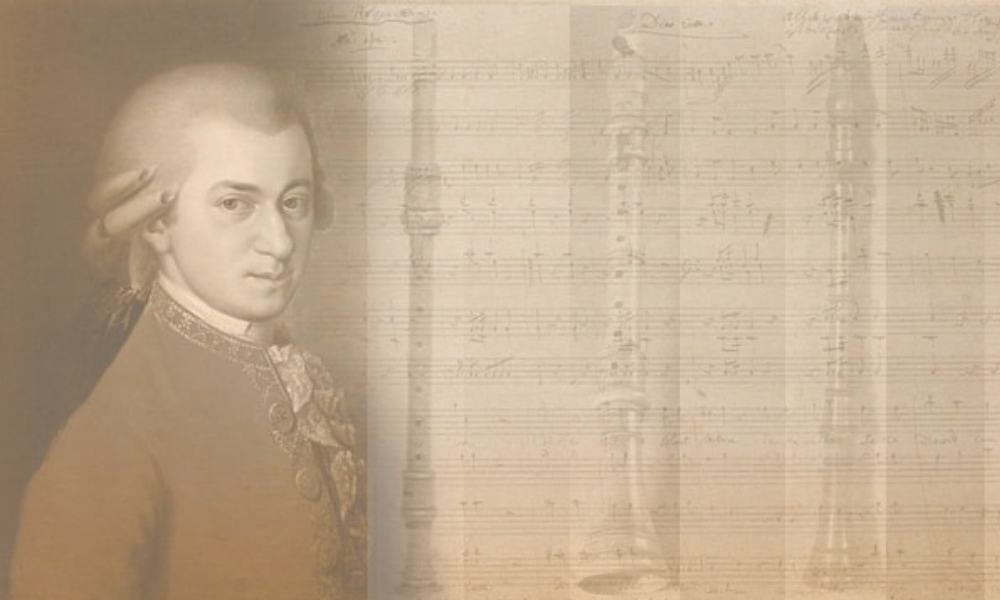
In the autumn of 1777, Wolfgang Amadeus Mozart was twenty-one, gifted, and increasingly bored. The courtly confines of Salzburg grew stifling. He no longer served as a musical servant to the Archbishop and yearned for recognition as an artist in his own right. Opera was his calling, and freedom (artistic and personal) was his aim. Mozart set off for Mannheim, Germany, with all the excitement and innocence that comes with youth’s ambition. The city would influence him greatly and quietly alter the course of his music while reshaping the future of opera.

While Vienna was the capital of tradition, Mannheim was the hub of creativity. Its court orchestra was respected in Europe and known for its discipline, extreme dynamics, and orchestral effects that audiences craved. The Mannheim Orchestra was the benchmark for precision and innovation, an ensemble that defined the sound of modernity in the late 18th century.
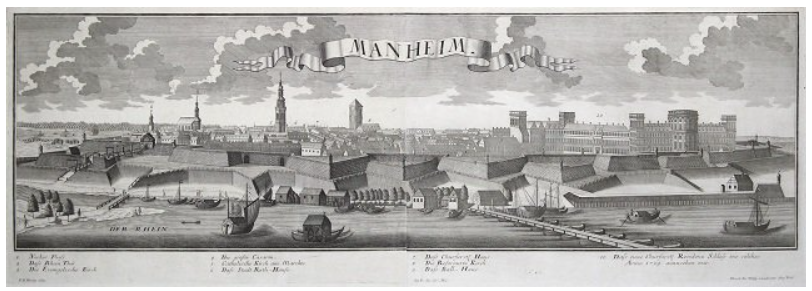
Mannheim, 1729 (engraving)
The Mannheim School introduced techniques that would ripple through the symphonic repertoire. These included the Mannheim Rocket, a sudden upward burst of notes.
The Mannheim Crescendo, a long, swelling wave of sound and a new clarity of emotional expression.
Mozart, captivated, wrote home,
“The crescendo here is quite different; it begins softly and rises in a single breath until it fills the hall.”
He absorbed these innovations with the excitement of a young artist discovering a new language. His letters home praised the players’ discipline and elegance, and even his shortest compositions from this period reveal a growing sophistication. Mannheim did more than influence Mozart; it transformed him.
Among the many revelations in Mannheim was an instrument that played a minor role in his early works, the clarinet. Mozart had encountered it before, but never as he heard it here, where it was rich, expressive, and central to the orchestral fabric. Once a novelty, the clarinet emerged in Mannheim as a voice of emotional depth. Mozart was immediately taken. Writing in November 1777, he declared,
“[Joseph Beer's] tone is beautiful beyond description... I wish I had a clarinet like his at my disposal more often.”
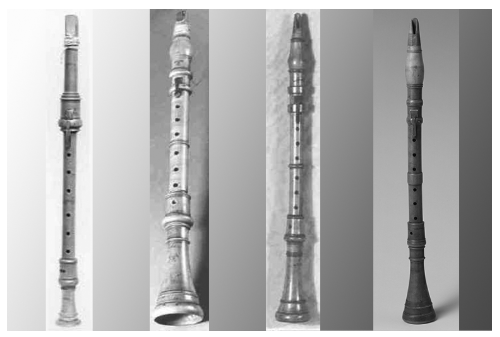
Jacob Denner Clarinet 1700s / Ackerman Music
A Voice for Opera
When, just a few years later, Mozart received the commission to compose Idomeneo for Munich’s Cuvilliés Theatre, he took a bold step: he wrote clarinets into the opera’s orchestration. While he had already experimented with the instrument in serenades and divertimenti, Idomeneo marked his first integration of the clarinet into the operatic stage.
Idomeneo, known as Mozart’s first mature opera seria, is a soaring retelling of the Greek myth in which the King of Crete promises the gods that he will sacrifice the first person he sees if they spare him from a fierce storm at sea. But, the first person he sees is his son, and the king decides not to honor his oath. The work is mythic in scope but deeply human in sound. Beneath its classical form lies a composer pushing the boundaries of orchestration and emotional expression, with much of this innovation voiced through the orchestra.
In a letter dated March 16, 1781, Mozart wrote,
“My Idomeneo is, in my opinion, the best work I have ever written for the stage. I am proud of it, for it stands alone.”
The clarinets in Idomeneo do not simply add color; they also shape the drama. In the 1786 revision, Mozart used them with greater confidence, exploiting their ability to darken textures, soften transitions, and intensify emotional moments.
“You can feel him discovering the instrument,” says José González Granero, principal clarinet of the San Francisco Opera Orchestra. “He places it above the other winds, lets it blend with bassoons and horns in this rich, warm way. Even then, he knew what it could do.”
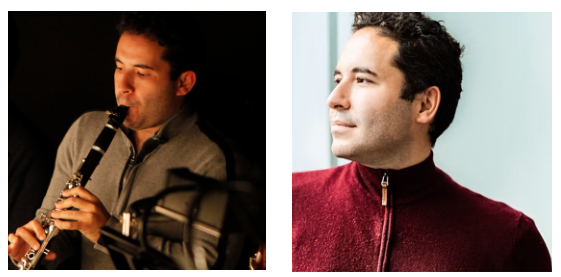
1. Courtesy of José González Granero, Principal 2. José González Granero / Photo by Kohán
Mannheim’s Lasting Echo
Mozart’s time in Mannheim honed his ear and refined his compositional voice. It taught him how an orchestra could not only accompany but also breathe, anticipate, and reflect on the psychological subtext of the drama.
“Everything with Mozart is about precision,” Granero adds. “It's about elegance, not exaggeration. Every note counts.”
Idomeneo resounds with a symphonic weight unmatched by anything Mozart had composed for the stage up to that moment. The overture doesn’t merely raise the curtain, it rolls in like thunder on the horizon, heavy with what’s to come. And in the clarinet, Mozart discovered more than a new timbre; he found a voice that could murmur grief, shimmer with delight, or linger in that exquisite space between certainty and doubt.
In Act II, clarinets lend warmth and grace to tender scenes.
In Act III, they swirl in the storm, echoing grief and divine wrath alike.
Mozart was a composer who discovered a new voice and gave that voice to his orchestra.
“The rehearsals for Idomeneo go on well. The orchestra is excellent. My opera will, I hope, make a great noise…” wrote Mozart.
A Living Opera
Under the charged baton of Eun Sun Kim and the bold vision of Lindy Hume, San Francisco Opera’s Idomeneo doesn’t so much begin as it erupts, rising from the orchestra pit like some mythic force remembered from a half-forgotten dream. It is not content to be admired from a safe historical distance. This is opera that insists on being felt and understood. Though it lacks the household reverence of his later works, Idomeneo is no distant cousin. It strides forth with daring harmonies, a scaffolding of genius, and emotion that surges like tidewater—relentless, essential, sublime.
Listen closely to the clarinet’s line, and you will hear Mannheim’s memory. In the stormy orchestration, you will listen to Mozart learning to sculpt psychological dramas from sound. In the interplay between voice and orchestra, you hear the young composer stepping boldly into operatic adulthood.
In Letters From Munich, during the opera preparation, Mozart’s excitement was palpable.
“You may rest assured that I have spared neither care nor labour to please all tastes and secure applause... so I have introduced thunder, shipwrecks, sea-monsters, etc.” January 13, 1781
Mozart didn’t simply compose a compelling opera, he upended expectations. In Idomeneo, he handed the orchestra a voice of its own, not content to let it linger in the background as mere accompaniment. Here, the orchestra steps forward, bold and articulate, with the clarinet, then a relative newcomer, gliding into prominence like a secret suddenly spoken aloud.
What unfolds isn’t just innovation; it’s revelation. The textures and timbres he draws from the ensemble point unmistakably toward the path he would soon carve in his symphonies and mature operas. The orchestra, once decorative, now breathes, argues, laments. It doesn’t ornament emotion, it is emotion, rendered in sound. This is the moment Mozart stopped writing for the stage and began sculpting it from within.
“The opera has gone off most successfully. The king was much pleased. The Elector spoke to me in the most gracious terms, and Herr von Salern said, ‘You have composed a glorious opera.’” March 3, 1781
The Legacy of Idomeneo’s Clarinet Writing
Mozart’s decision to expand clarinets in the revised Idomeneo marks a turning point in his compositional approach to woodwind instruments. This opera set the stage for his later works, where the clarinet would play an even greater role in pieces like:
Clarinet Quintet in A major, K. 581 (1789): A masterpiece that highlights the clarinet’s lyrical and chamber music potential.
Clarinet Concerto in A major, K. 622 (1791): One of the greatest solo works for clarinet, showcasing its full expressive range.
The Magic Flute (1791): Uses clarinets extensively, particularly in the warm, noble character of Papageno’s music.
Mozart’s fascination with the clarinet cemented its place as a staple of orchestral and operatic music.
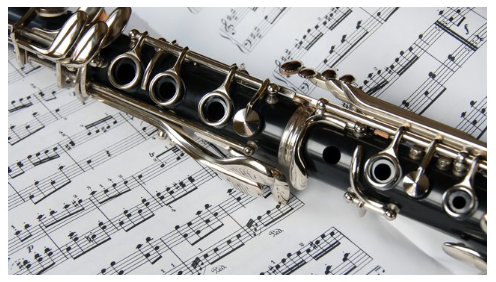
The Clarinet Concerto in A major, K. 622, completed in 1791/Classic FM

